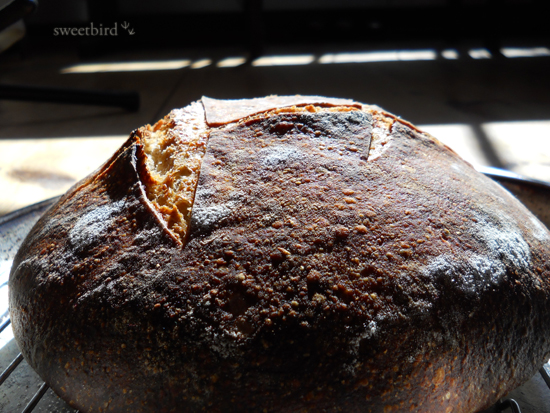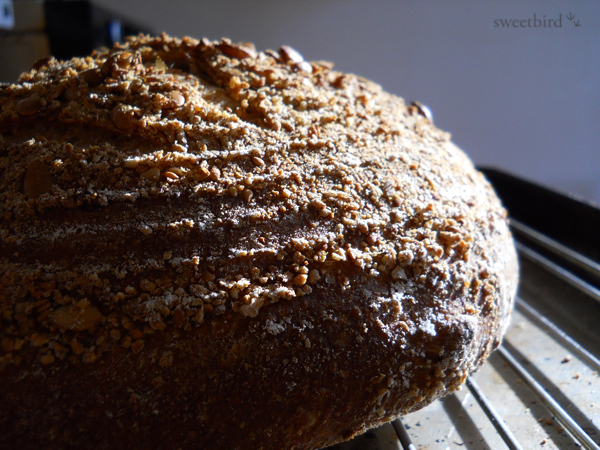Buttermilk Dinner Rolls
Thanks to the advice I received on my last post, I thought I'd try the Buttermilk Bread from the Laurel's Kitchen Bread Book. What a difference from the oatmeal bread of the other day!




